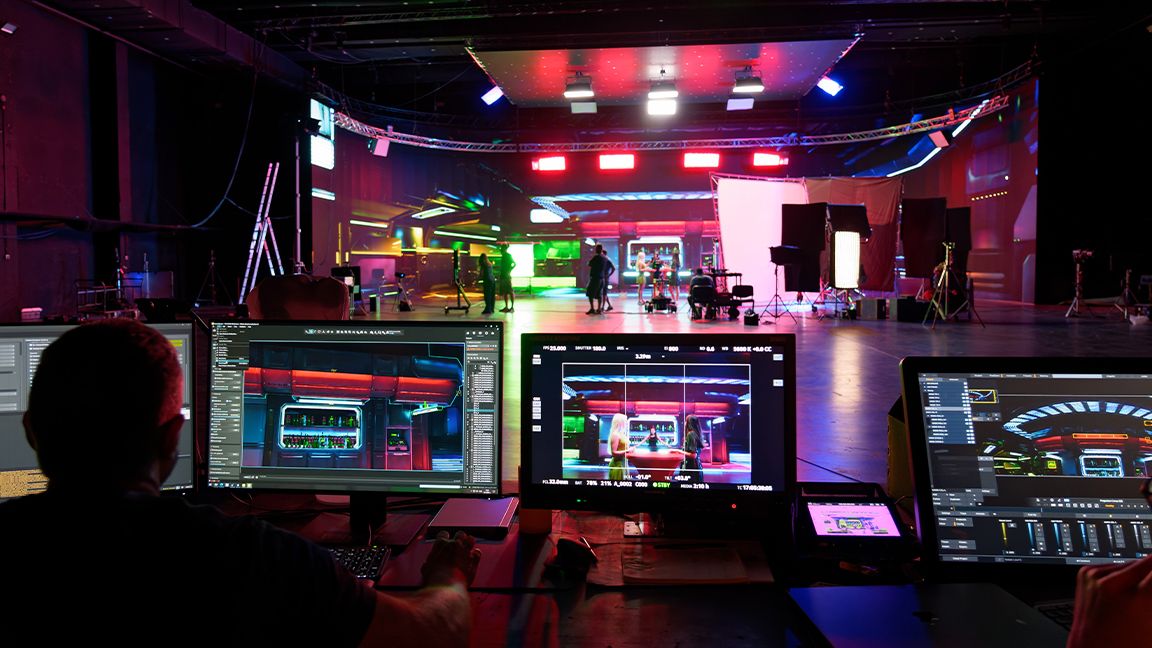¡Es inaceptable que después de años de espera, la serie animada de Splinter Cell para Netflix vuelva a ser un tema de conversación! Anunciada en 2020 y finalmente "teaseada" en 2024, ¿realmente creen que los fans van a tragar más promesas vacías? Este tipo de retrasos constantes no solo desmerecen el esfuerzo creativo, sino que también muestran una falta total de respeto hacia la comunidad. ¿Dónde está la innovación? ¿Dónde está la pasión por el material original? En lugar de entregar un producto digno, nos dan migajas y expectativas frustradas. ¡Es hora de que Netflix se ponga las pilas y deje de jugar con nuestros sentimientos!
#Splinter
#Splinter
¡Es inaceptable que después de años de espera, la serie animada de Splinter Cell para Netflix vuelva a ser un tema de conversación! Anunciada en 2020 y finalmente "teaseada" en 2024, ¿realmente creen que los fans van a tragar más promesas vacías? Este tipo de retrasos constantes no solo desmerecen el esfuerzo creativo, sino que también muestran una falta total de respeto hacia la comunidad. ¿Dónde está la innovación? ¿Dónde está la pasión por el material original? En lugar de entregar un producto digno, nos dan migajas y expectativas frustradas. ¡Es hora de que Netflix se ponga las pilas y deje de jugar con nuestros sentimientos!
#Splinter














